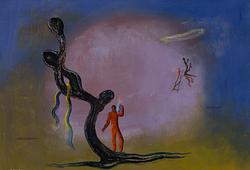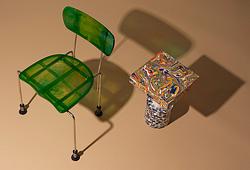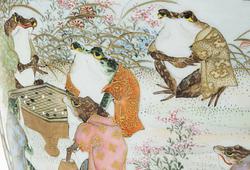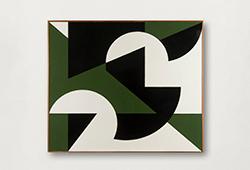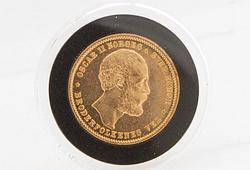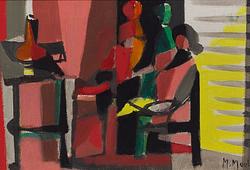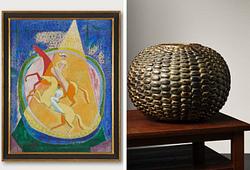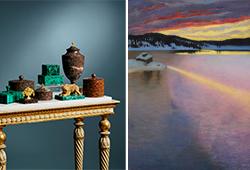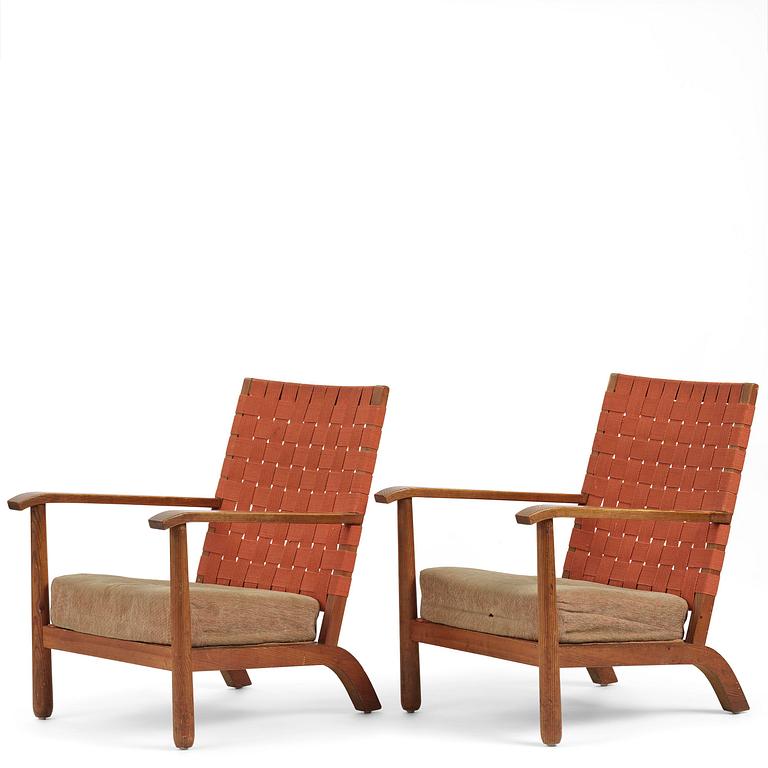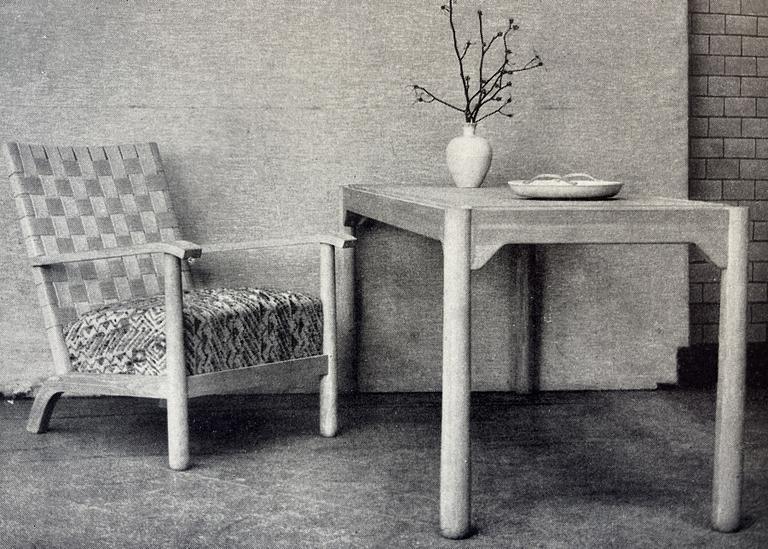Axel Einar Hjorth
a pair of stained pine "Väddö" easy chairs, Nordiska Kompaniet, Sweden, 1930s-40s.
Back with original braided saddle girth, upholstered cushion. Length 80 cm, width 68 cm, height 88 cm.
Wear, the upholstery of the seat with wear and a few holes.
Provenance
Marine engineer Gösta Liljekvist (1908-1991) & Maj Liljekvist (1912-1987), acquired in the 1940s for their home in Stocksund.
Thence by descent to the present owner.
Literature
Catalogue, "A/B Nordiska Kompaniet: Möbler", 1935, model illustrated (n.p.).
Åke Stavenow (ed.), "Form - Svenska Slöjdföreningens Tidskrift", 1935, model illustrated p. 94.
More information
Designed in 1935.
Designer
Axel Einar Hjorth is considered one of Sweden's most significant furniture designers during the 1920s and 30s. Hjorth's early employers included Svenska Möbelfabrikerna in Bodafors and the Stockholm Crafts Association. The big breakthrough came as chief architect for Nordiska Kompaniet, a position he took up in 1927 and held until 1938. Hjorth's first major assignment was the Nordiska Kompaniet's lavish stand at the World Exhibition in Barcelona in 1929, to then participate in several major international exhibitions during the following decade. In 1929, Hjorth also breaks new ground and designs the first series of rustic furniture in stained pine, the so-called sports cabin furniture that was named "Lovö", "Utö" and "Sandhamn" after the islands in the Stockholm archipelago.
Read more



